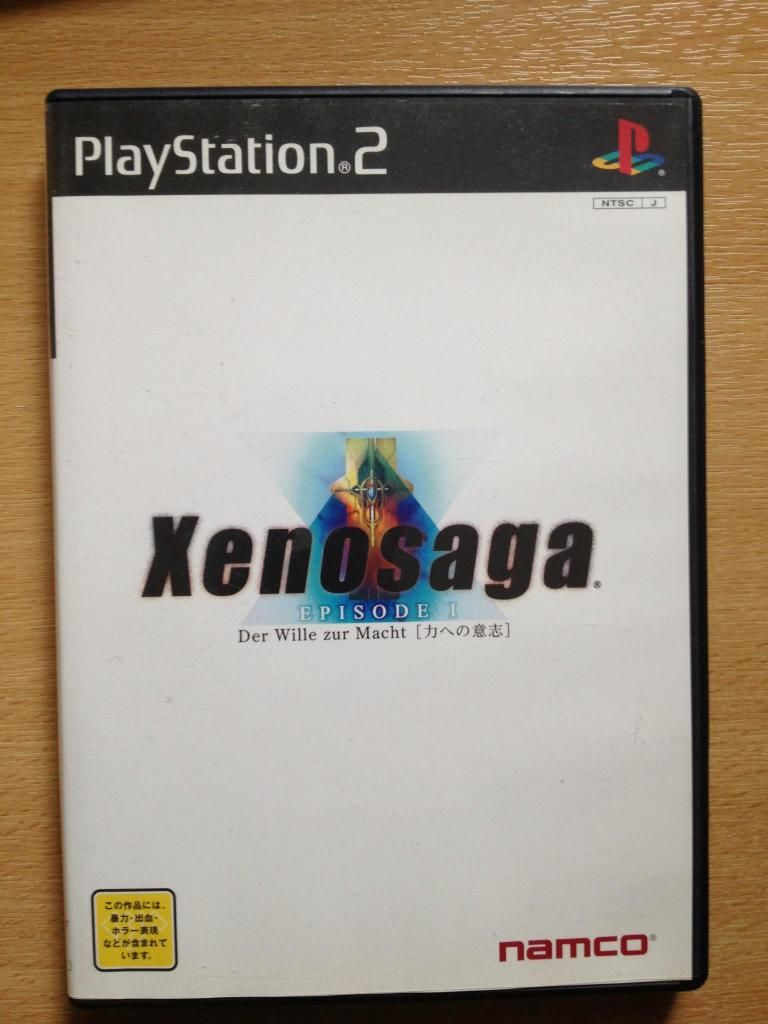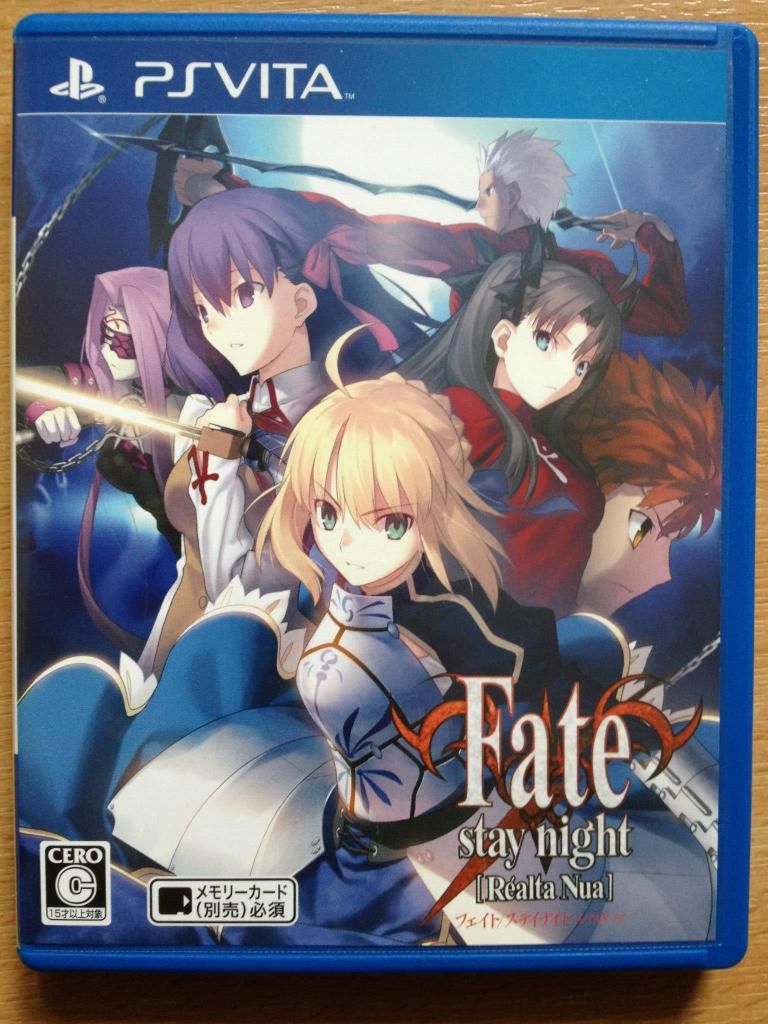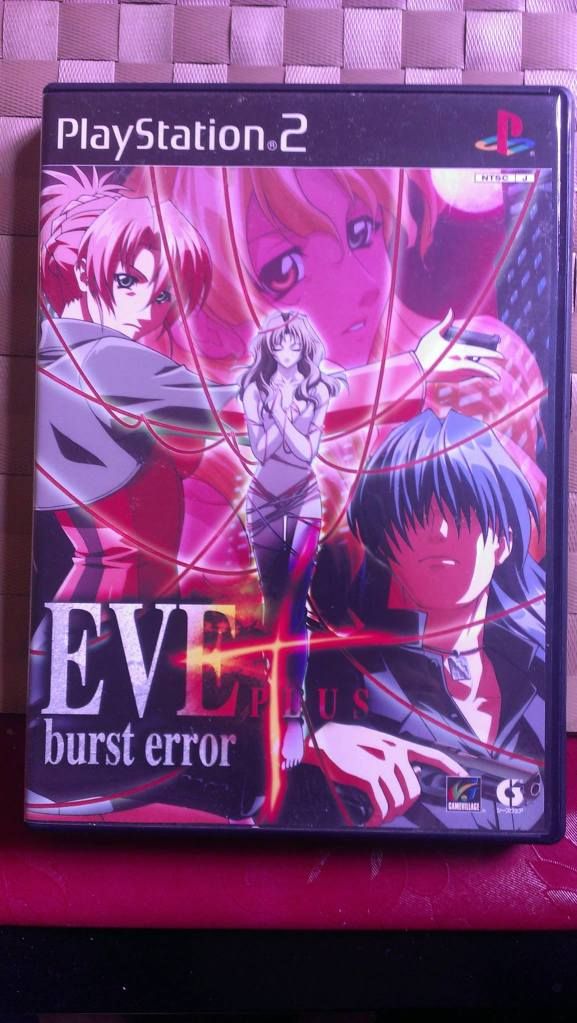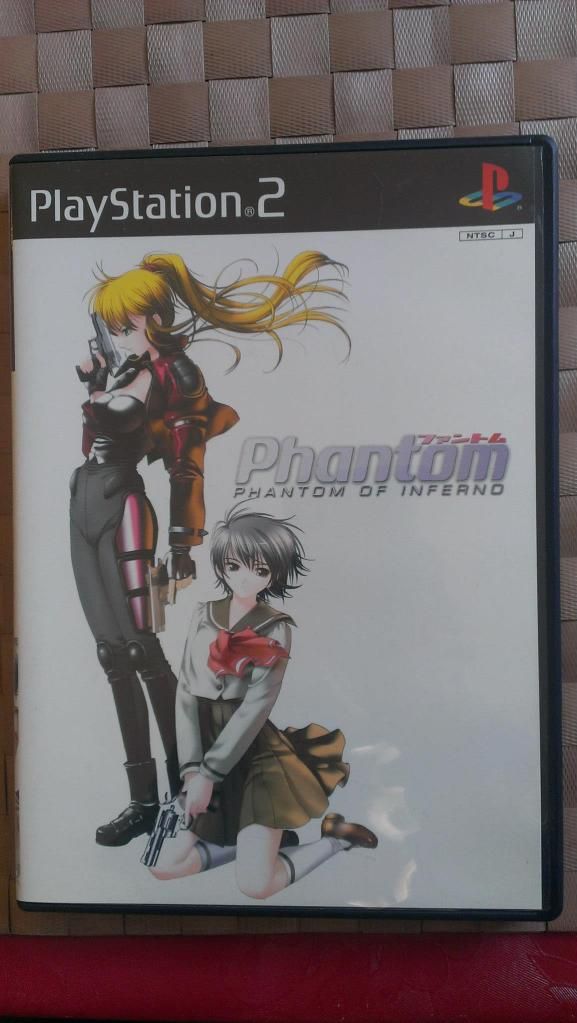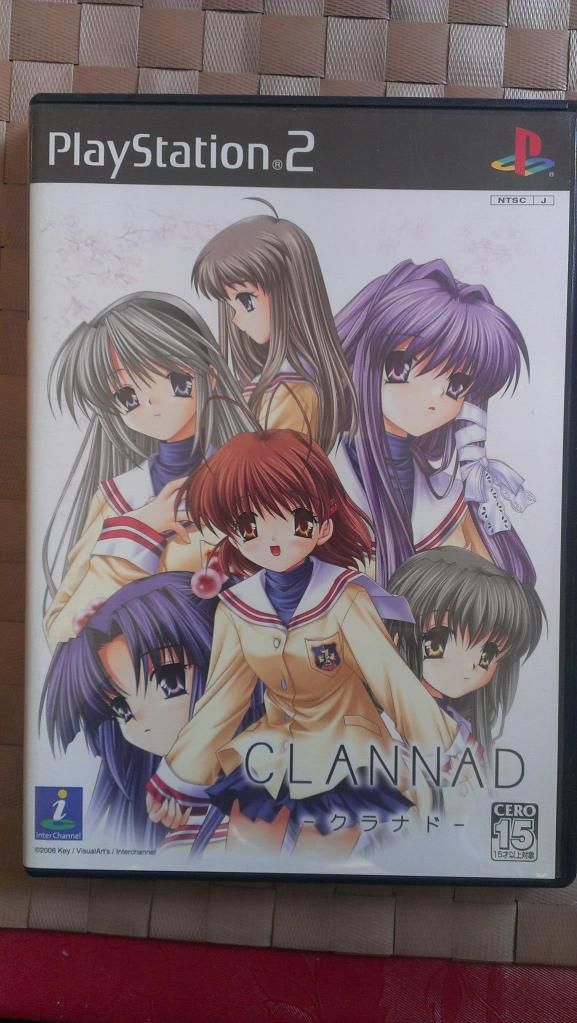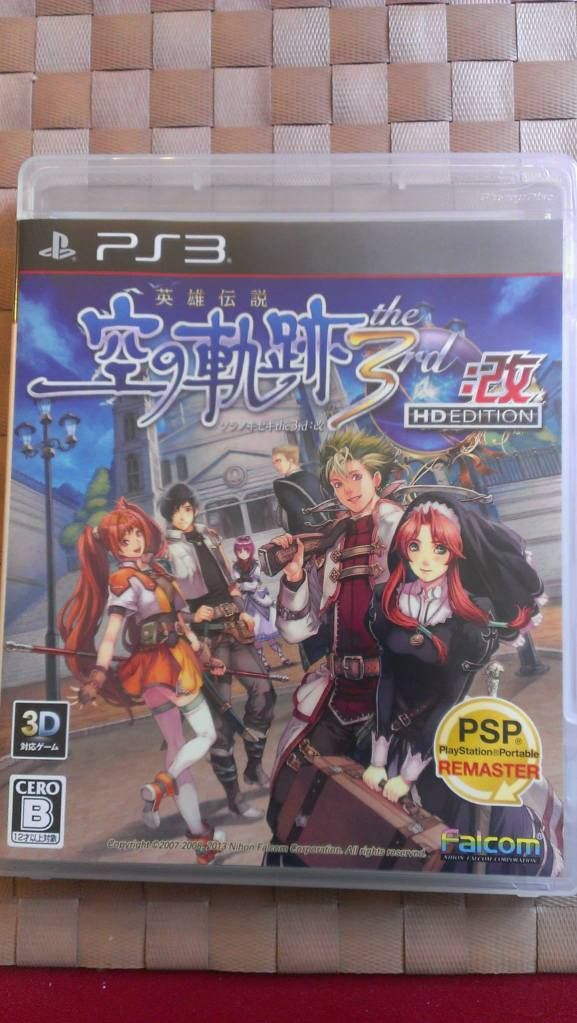Ryuu ga Gotoku, known as Yakuza in the West, is SEGA's
on-going crime saga. And while we are
still waiting for news of Yakuza 5's English localisation, Japan has many
Yakuza games we still haven't gotten.
One of the most interesting, and most 'Japanese' of them is 'Ryuu ga
Gotoku: Kenzan!'.
Kenzan was conceived as a stop-gap game; a way to tide over
the audience and experiment with the PS3 hardware and a new game engine whilst
development on Yakuza 3 was under way.
What came about was an interesting mix of next-gen ideas and
technology that was still half rooted in last-gen (PS2) game design. This is very much Yakuza 2.5. And if that was all this game had to offer it
would have been a crying shame. Fortunately Kenzan has an interesting setting
(The Warring States era Japan in the 1600s) and new characters to go with it
(motiffed on characters from the series past).
The story centres around the legendary figure Miyamoto
Musashi; a samurai who started from nothing and rose to be a powerful and
influential figure (well, so the legend goes).
Musashi, filled with hopes and dreams of becoming a powerful samurai
finds himself unable to refuse an invitation to join the military and prove his
worth in battle. But things quickly go
very wrong and Musashi is forced into hiding.
He assumes a new identity and lives his life unassumingly until one day
fate intervenes. A girl comes to him
with a request; to track down and kill her parents’ killer; Miyamoto
Musashi. Musashi having no recollection
of such a killing takes on the request on and so begins the search for his doppelgänger.
Those who are not well versed in the story of Miyamoto
Musashi need not worry as this is a very fantastical take on it. Likewise, those who have never played the Yakuza
series before can jump in here quite easily as the game is not attached in any meaningful
way to other entries.
The story builds intrigue well by introducing new
characters, plot threads and taking time to illuminate the back stories and
motivations of the supporting cast. Sadly, although the game builds intrigue well the
final reveal that ties the story threads together comes across as necessary formality
to make sense of it all. Intrigue works
well when you are given glimpses of something, and when it is finally revealed
it was more than you had anticipated. With the reveal here you pretty much get what
you saw. It is a shame that the reveal that ties together all of the story
threads comes across more like air wheezing out of a deflating balloon than an
epic bang.
The story is based around themes such as male friendship
(forged in battle, of course), finding someone stronger and other samurai genre
cheese. Most of it comes across believably
enough that you can buy into it but there are points where the samurai rationale
of doing things is a little too hard empathise with. Granted, there is a culture and generation
gap in values but I felt this was one area that the writers could have spent a
little more time on to help the audience truly empathise with the characters. By the end of the game I couldn’t help but
feel that some of the characters’ machismo made them come across like
caricatures of themselves.
Before going any further I have to make a confession. I tried to complete this game several times,
several months apart. Being well versed
in the series I played Hard mode each time and stopped playing a few hours in
at more or less the same point. I made a
point to force myself to complete this game recently by setting the game to
Easy and rushing through without entertaining the side content. As a result I can’t speak for all scores of
mini-games and sidequests in the game.
This is strictly a review of the main story route through the game. I can say that I recommend playing the game
on Normal as Hard isn’t really particularly more challenging (enemies are
massive damage sponges) and Easy is so easy that almost dissuades you from even
bothering with the side content. Normal
should strike a good balance between being challenging and simply trying your
patience.
As mentioned earlier this is game is running on a new engine
build for the PS3. The previous Yakuza
games had you running over static backgrounds played from various isometric
camera angles. Kenzan is the first fully
3D Yakuza game and is done through a behind-the-character 3rd person
view. This change makes exploring the
several hub-areas in the world a lot more convincing. The game is at its best when it is able to
sell you on its’ surroundings and get you to buy into the feel of the world;
the sense of oppression ordinary people feel from those in higher positions in
society, the importance of one’s standing, the treatment of women in the red
light districts and so on. It is when
the game flashes glimpses of the dregs of medieval Japan that it is at its most
alluring.
Although exploring the areas and running into various sidequests
is interesting, getting around is
inconvenient; you are often made to run back and forth over long distances and
although the in-game transport system helps alleviate that a bit, you will
still find yourself impatiently running past enemies and ignoring sidequests
simply to get at the meat of the game.
Having the in-game transport allow you to jump to more locations would
have been nice.
Still, this is a Yakuza game and as such you’d expect plenty
of comical hyper-violence. That is all
intact here but instead of having a massive pool of different moves you have 4
fighting styles; The fast bare-handed style which leaves you open to sword
attacks, the single katana style which is has a good balance of speed and
power, the 2 katana style which is quite weak but allows you to block attacks
on all sides, and finally the broadsword style which allows you to heft around
massive weapons, flattening your enemies.
You can switch between the different styles on the fly with
a press of the d-pad but you will find it quite hard to switch between styles
in the middle of combat without creating space specifically to do so; the
switch between styles doesn’t transition as smoothly as you might think so you
won’t be mixing things up mid-combo. Still, when I was fighting away with any
one style I really appreciated the juicy feel the slicing has to it thanks to
the clear hit sound effects and bright orange cut marks that score enemies
bodies on contact; you get very clear audio-visual feedback as to whether you
are hitting and how hard.
I found that there didn’t seem as great a variety of moves
as in previous games. In Kenzan you are limited to getting moves from watching
NPCs who exhibit ‘martial art’ like motions and from dojos. The levelling up system in the game doesn’t
contribute to making you more versatile and is mostly just for decoration; you level
up in a linear way and there is no system to assign experience points towards
different attributes or skills; you become stronger without becoming more
versatile. Because your default
character build is almost static (new skills are normally attributed to a
particular fighting style rather than the character, and even then they tend to
enhance existing skills rather than giving that style more utility) you don’t
really change up your strategy as you learn new skills, so the combat toward
the end can start to feel stale.
The fighting in the game feels simplified overall and has an
almost arcade feel to it but that isn’t just because of the simplification to
levelling up. As with previous games the
Heat gauge builds as you kick ass, get it up high enough and you are granted
access to some of the bone-crunching ridiculum this franchise does so
well. Unlike previous games though you
don’t have to worry about Heat management as much; tap the square button to do
weak attacks and then link a hard attack (triangle) and you pull of an
anime-esque enemy crumple (complete with badass pose), hold that triangle
button you can hold the pose, during which you will get extra Heat (and a lot
of it at that). The combat here is really
more for breaking up the pacing and providing a videogame for the story to take
place in. It’s an accent rather than the
attraction.
The main event is the story itself which is for the most
part presented beautifully thorough high quality in-game cinemas (using
enhanced character models). The game
often dips and back and forth between the high quality cinemas and lower
quality in-game assets (mostly for dialogue heavy sequences). The result can be
a little jarring. Every time there is a
major plot revelation you can count on the graphics suddenly scaling back so
the characters can natter away about it for a few minutes until they reach some
kind of resolution, at which point a high quality cinema will kick in again. This happens constantly, sometimes several
times over the course of a single conversation.
It is little presentation blemishes like that make the game
feel like it hasn’t fully made the jump to the PS3. A majority of the non-story dialogue and
ambient dialogue from NPCs is delivered in text. There is no smooth transition between indoor
and outdoor locales. And when you do
make the transition the camera placement faces the character head on (great for
framing the scene, not so much for the player who can’t see ahead of
themselves). In one part of the game you have to run across
a field which is broken down into pitifully small sub-sections (each with
loading screen transitions). There are little to no physics in the game; materials
like flags which you would expect to be able to walk through impede your
progress as if they were made of sheet metal.
This is a game is really more of a taste of what Yakuza would be like on
the PS3 rather than an out-and-out example.
Niggling presentation issues and shallow combat bring the
game down a bit but this is still a fun romp through medieval Japan. If you are new to the series or simply
disillusioned with the annual releases you might find Kenzan is just what you
need to respark your interest in the series.
It has its shortcomings but at only 18 hours long and a budget price tag
it is a small investment of both your time and money.
